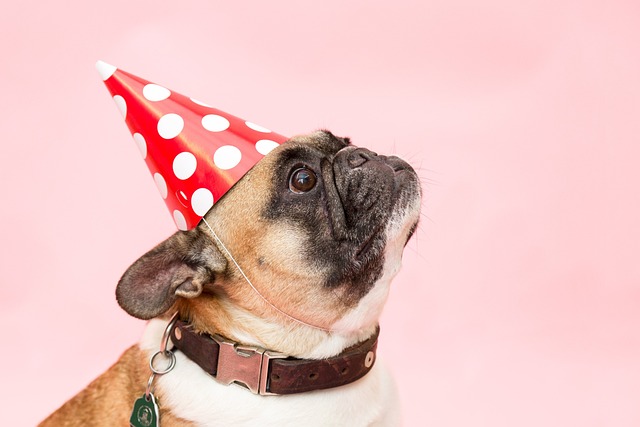
How do i train my dog to be obedient?
Watching your dog dart across the park ignoring your calls isn’t just frustrating—it can put them at risk near busy streets or public spaces.
Walking your dog should be a fun, stress-free experience—but for many owners, the constant worry of them sniffing or gobbling up unknown objects can turn it into a nerve-racking chore. Whether it’s trash, fallen food, or even dangerous substances like antifreeze, teaching your pup to ignore items on the ground is crucial for their safety. Let’s dive into practical, compassionate strategies that work, rooted in understanding why dogs do this and how to redirect that behavior.
First, it’s important to recognize that scavenging is natural for dogs. Their powerful sense of smell picks up thousands of intriguing scents, and for some breeds, hunting or foraging instincts run deep. But that doesn’t mean you can’t train them to resist. Start by setting up a safe training environment—choose a quiet area with minimal distractions at first, like your backyard, before moving to busier streets or parks.
The "Leave It" command is your new best friend. To teach this, start indoors with a high-value treat in both hands. Show your dog one treat, close your fist around it, and say "Leave it" when they try to sniff or paw. When they step back or look away, praise them and give the other treat. Repeat this until they associate the phrase with ignoring the closed hand. Gradually transition to placing treats on the floor, covering them with your hand, and rewarding when they wait patiently.
Consistency is key outdoors. Always keep your dog on a leash—this isn’t just about training; it’s a legal requirement in many areas to protect both your pet and others. As you walk, if you see them start to lunge for something, use a calm "Leave it" and gently redirect their attention to you. Carry small, delicious treats (like chicken or cheese) to reward immediately when they obey. Over time, they’ll learn that listening to you brings better rewards than whatever’s on the ground.
 It’s also important to identify and avoid triggers. If your usual walk passes a spot with frequent litter, try a different route until training progresses. For curious pups who seem obsessed with every smell, consider a harness that gives you more control without causing discomfort. And never punish them for scavenging after the fact—dogs live in the moment, so scolding them 10 minutes later only creates anxiety, not understanding.
It’s also important to identify and avoid triggers. If your usual walk passes a spot with frequent litter, try a different route until training progresses. For curious pups who seem obsessed with every smell, consider a harness that gives you more control without causing discomfort. And never punish them for scavenging after the fact—dogs live in the moment, so scolding them 10 minutes later only creates anxiety, not understanding.
Another useful technique is the "Drop It" command, which teaches them to release something once they’ve picked it up. Start by giving them a toy they enjoy, then offering a treat in exchange. As they let go of the toy to take the treat, say "Drop It." Practice this with safe items before applying it to real-world situations. If they ever pick up something dangerous, remain calm, use "Drop It," and immediately replace it with a treat to reinforce the behavior.
Let’s talk about safety beyond training. In many regions, leaving pet waste or allowing your dog to consume harmful substances can lead to fines or even legal issues. Plus, common outdoor dangers like rodent poison, chocolate, or sharp objects pose real risks. Always clean up after your dog promptly and keep an eye out for potential hazards in your neighborhood.
For dogs with extreme scavenging habits, especially rescue pups with unknown histories, consider consulting a professional trainer or behaviorist. They can create a personalized plan, especially if anxiety or past trauma is driving the behavior. A certified expert can also ensure you’re using positive reinforcement techniques that build trust, not fear.
Patience is everything. Some dogs catch on quickly, while others need weeks of consistent practice. Celebrate small victories—if your pup hesitates for a second before approaching something, that’s progress! Make walks enjoyable by incorporating play or sniff breaks in safe areas, so they don’t feel deprived of all exploration. Remember, the goal isn’t to stop them from using their nose entirely but to teach discrimination between safe and unsafe items.
As you build this habit, you’ll notice the bond between you and your dog strengthen. They’ll learn to look to you for guidance, and you’ll gain peace of mind knowing they’re safer during walks. With time, those moments of tension will fade, replaced by the joy of a relaxed, obedient companion by your side. After all, a walk should be about enjoying each other’s company—and a little training can make that a reality for both of you.

Watching your dog dart across the park ignoring your calls isn’t just frustrating—it can put them at risk near busy streets or public spaces.

New puppy owners often find themselves rushing to clean up accidents before they set in, and that’s where puppy pad training becomes a game-changer.

If you've noticed your dog's waistline disappearing and your veterinarian has mentioned those few extra pounds, your first instinct might be to simply reduce the amount of food in their bowl.

Training a dog to use a designated spot indoors isn’t as daunting as many new owners fear, but it does take consistency and an understanding of your pet’s needs.

That moment of dread on a walk is all too familiar for many new dog owners. You see another dog approaching down the sidewalk of your neighborhood

If the sight of another dog on your neighborhood walk makes your heart sink as your own dog erupts into a frenzy of barking and lunging, you're not alone.